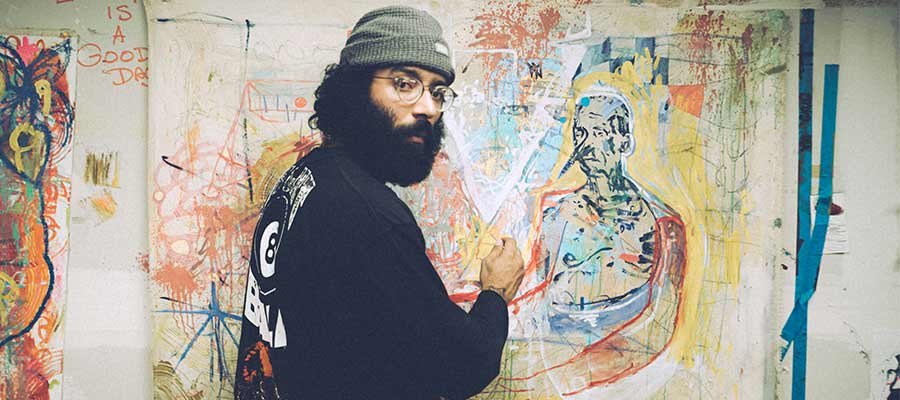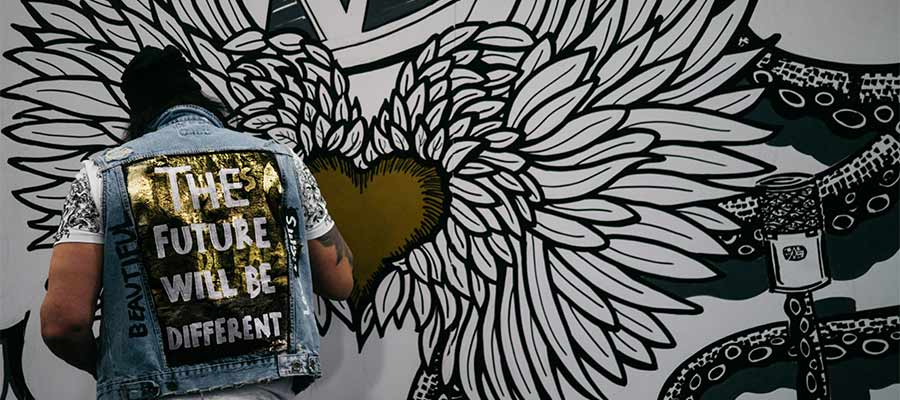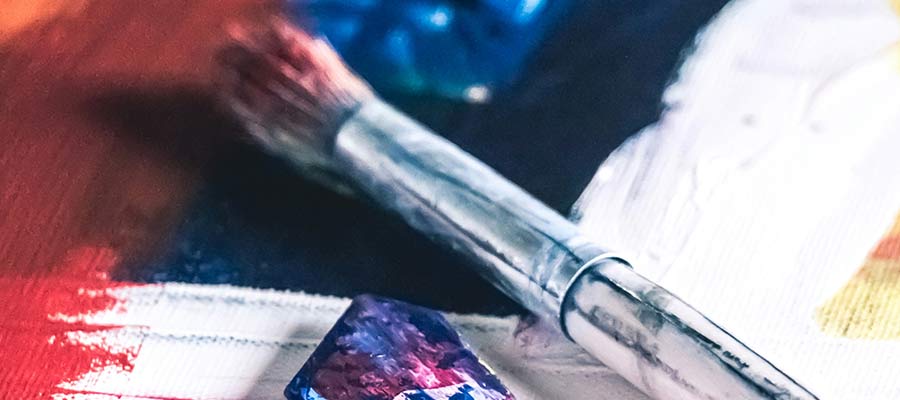Creativity can be freeing for web designers. There’s nothing quite like reaching that “a-ha” moment. It’s when an idea transfers from your head to a screen.
I had that feeling a lot during my early days in this industry. My work wasn’t great, mind you. But I felt the thrill of doing things I’d never done. And it was even better if I had made a client happy.
There was a lot of creative energy back then. The web was a new medium – and we were building it as we went along.
It’s no secret that the industry has changed dramatically. The old methods of building websites are gone. Now, we work with advanced tools and premade elements.
I sometimes feel like web design has lost its creative flair. Has it? Or have we changed how we use our creativity?
Let’s explore what it means to be creative in modern web design.
We No Longer Build from Scratch
An original web design isn’t always a top priority these days. We often prioritize efficiency, usability, and accessibility in our builds.
To that end, we start projects with frameworks and themes that provide a head start. Tools like Tailwind CSS feature readymade layouts and components. WordPress themes may offer a complete website for us to customize. And we can’t forget about the advent of block patterns.
That’s the reverse of how things used to work. We used to fire up Photoshop or some other design tool. We’d start with a blank canvas and build from scratch.
It’s easy to romanticize that era. We may think of web design as a lost art. It’s as if we were craftspeople who built sites the right way. None of these modern tools could match those techniques.
But that practice isn’t sustainable for busy designers. There’s not enough time or budget for a long design process. Not when there are multiple projects to complete.
For better or worse, our workflows have changed. Web designers have had to adapt to keep pace.
Adding a Personal Touch to Predesigned Components
How can we be creative when using predesigned components? Complete originality may be out of the question. However, there’s still an opportunity to add a personal touch.
There is no shortage of areas to change. An element’s color, size, and typography are prime examples. We don’t have to settle for the default look.
We can also choose components that include minimal styling. The WordPress block editor works this way. A default implementation is typically barebones. Tailwind CSS also prioritizes utility over looks.
Knowledge of these tools also helps. We can design in Figma with specific components in mind. That allows us to use our imagination while staying within the lines.
The process is reminiscent of a collage artist. It’s about pulling all of these different pieces together. From there, we seek to create a seamless user experience. The results can be compelling.
The added layer of convenience might make us feel guilty, though. For instance, page builder tools take the pain out of design. It’s more paint-by-numbers than drawing from memory.
Did we even “create” anything here?

Modern Web Design Is a Different Artform
Sure, the design process has changed. That doesn’t mean we’re no longer being creative, though.
We’re still using our creativity – just in a different way. We’re using our knowledge and experience to build the best website possible. And we’re using our keen eye to make it beautiful and functional.
If anything, we’re fortunate to have these new tools and frameworks. Websites are becoming more complex all the time.
Perhaps that makes web design harder than ever. Designing from scratch and managing functionality might be too much to handle.
Our focus needs to be in many places at once. So, maybe we’re creating a collage while juggling!

Find New Ways to Be Creative
One positive development is that designers don’t have to reinvent the wheel. We spend less time on the basics. That allows us time to concentrate on the details.
It’s the little things that can make a website stand out. We now have the tools to give us a head start.
Yes, these new methods can be limiting at times. However, web designers have plenty of experience in that area.
There have always been parameters for us to work within. It used to be the limits of CSS or user devices. Now, we try to bend and shape tools to match our needs. That also takes creativity.
You know what? Despite my initial concerns, those “a-ha” moments still exist. The change is in how we create them.
Creativity Hasn’t Left Web Design – It’s Just Different Medianic.















